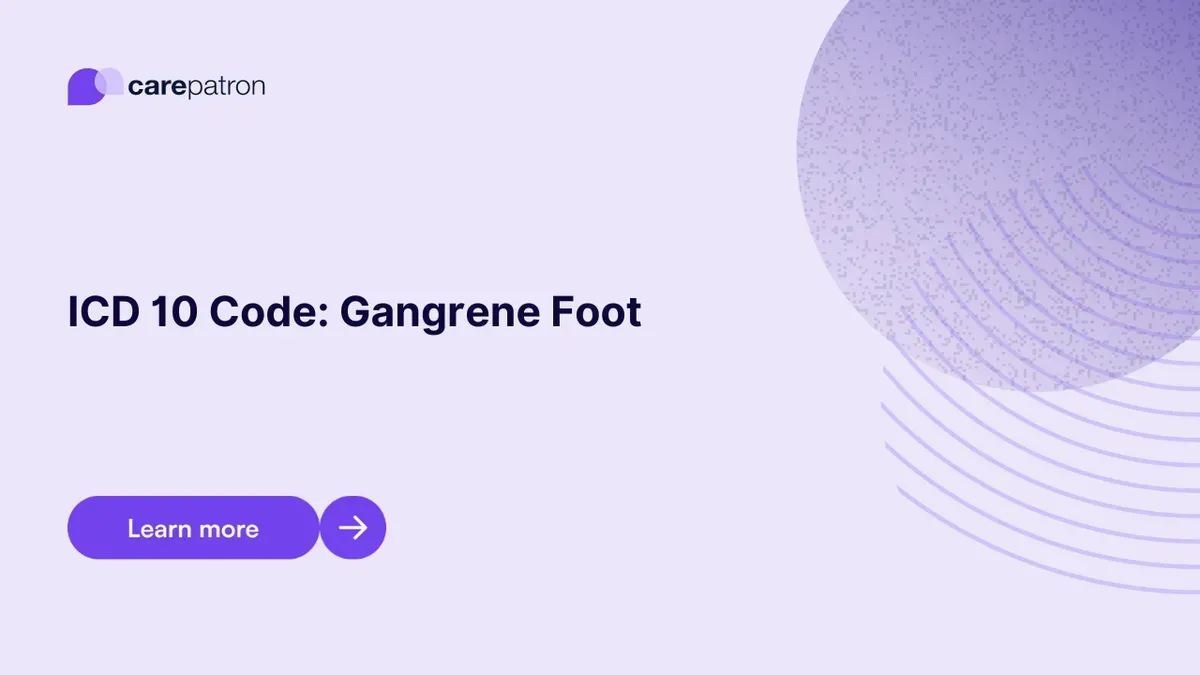
Gangrene Foot ICD-10-CM Codes
Discover the guide on Gangrene Foot ICD-10-CM codes. Learn about the specific codes, clinical descriptions, and billing implications.
Use Code
Commonly asked questions
Risk factors for developing gangrene in the foot include diabetes, peripheral artery disease, smoking, and severe injuries that compromise blood flow to the extremities.
Prevention strategies include regular foot care, especially for people with diabetes, prompt treatment of infections, and lifestyle changes such as quitting smoking and managing underlying health conditions.
Long-term implications can be severe, including the potential for amputation, systemic infection, and even death if not treated promptly. Early intervention is crucial for a better prognosis.
EHR and practice management software
Get started for free
*No credit card required
Free
$0/usd
Unlimited clients
Telehealth
1GB of storage
Client portal text
Automated billing and online payments
